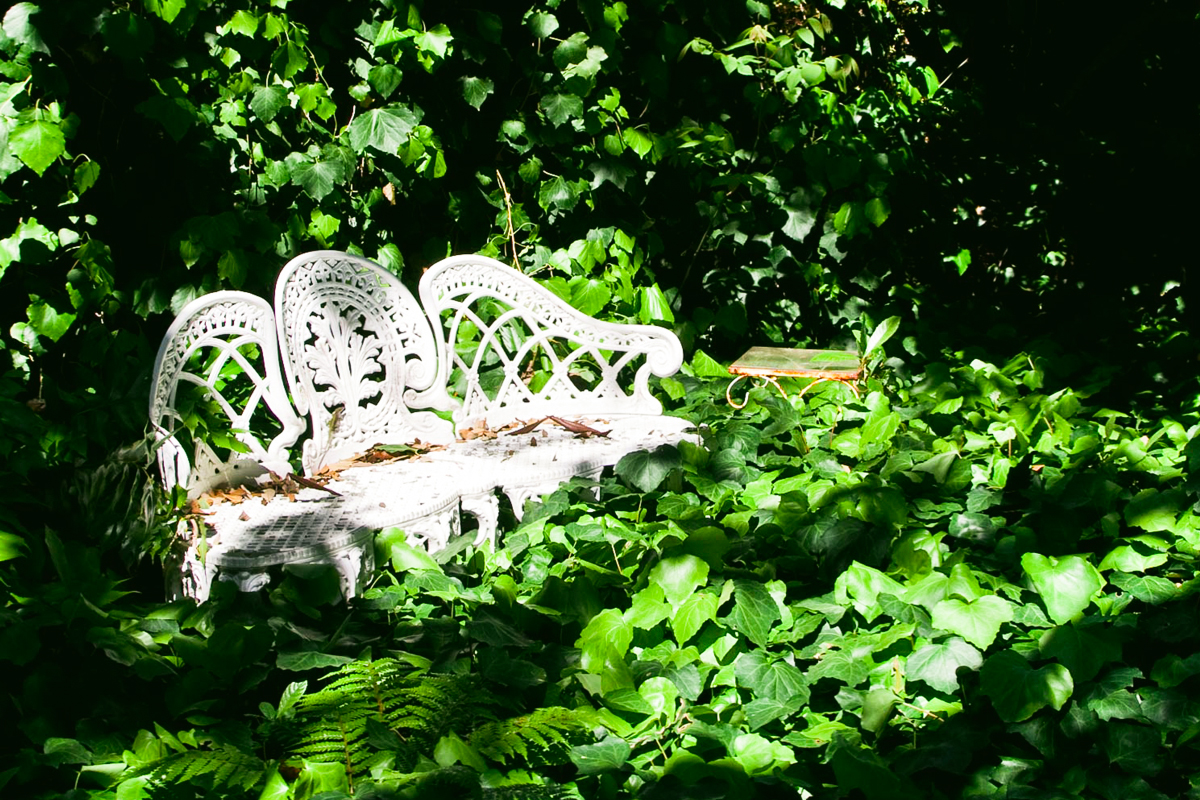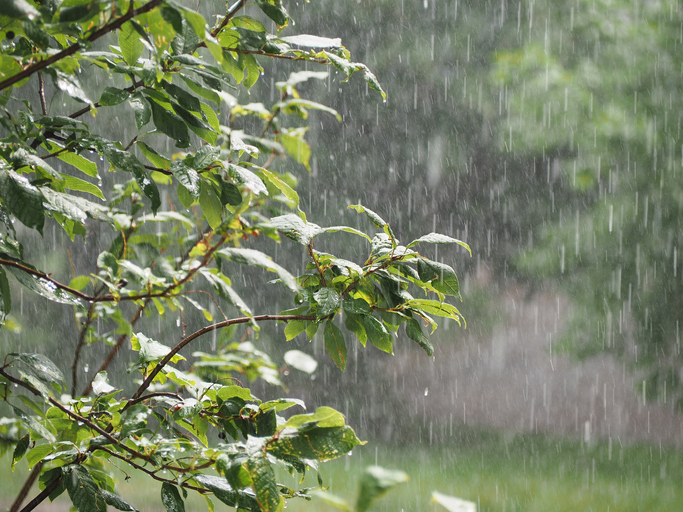Removing invasive ivy from your yard is an important task, especially if it is actively growing on your trees, fence or home. Ivy can look beautiful growing up a traditional brick wall, but ivy can damage the mortar between the bricks (especially older brick walls), weaken stucco as well as wooden fences. Ivy growing up a tree trunk can also be damaging to the health of the tree, blocking out light and weakening the tree, making it susceptible to wind storms and slowly killing it. Whether you are trying to tame ivy in your yard or completely remove it, let’s take a look at the best way to get this task done.
About invasive ivy
Invasive ivy, like English Ivy, has woody stems, and mature ivy can look very different from new ivy. Mature ivy usually goes to seed in the late fall. Cool or cold temperatures are the best time of year to remove ivy as the growth is slower. If you try to cut ivy during the high growth season, the ivy will come back much faster. Once you’ve removed the ivy, do not throw it into your compost pile. Cut ivy can actually regrow, so dispose of it carefully.
Supplies:
- Cutting tools: you may need hand pruning sheers, a long handled lopper, or a serrated hand saw (for thicker stems)
- Rake or pitchfork: for clearing away the cut ivy
- Gloves and protective gear: you’ll want good gloves to grip the stems and rip them from the ground. When pruning and working in thick greenery, it’s a smart idea to protect your eyes as well as your skin.
How to remove ivy from a tree trunk or wall
- Step 1: Take your pruning tool and cut the ivy around the base of the tree trunk (about waist high). For a brick wall or wood fence, cut a horizontal line and be careful to not damage the wall with your tools.
- Step 2: Completely remove the ivy below your cut line, taking care not to pull too hard (the ivy stems can actually pull off tree bark, paint, stucco or brick mortar).
- Step 3: Pull out the ivy stems from the ground and clear it about 6 feet away from the trunk, wall or fence. Don’t pull green ivy that stretches high above your head; you may accidentally pull down a bird’s nest or bee’s nest.
- Step 4: Above your cut line, simply let the ivy die. Once the ivy has died and turned brown, it will be much easier to pull down and off of the tree, wall or fence.
How to remove ivy from the landscape
Just like removing ivy from structures like your home, trees or fence, removing the whole stem from the ground is the best way to stop the spread of ivy. To remove the ivy from the ground you’ll need to use your pruning tools as well as pull the stems from the ground by hand. Weed wackers can be effective to a point however you’ll still want to manually pull the stems from the ground. Like weeds, ivy can spread quickly if it’s not completely removed. And ivy cuttings can actually grow so don’t throw your cuttings into the compost pile.
Once the ivy has been removed from the ground, try covering the ground with a thick layer of mulch to prevent the ivy from coming back. Pull stems as they sprout up in the ground.




